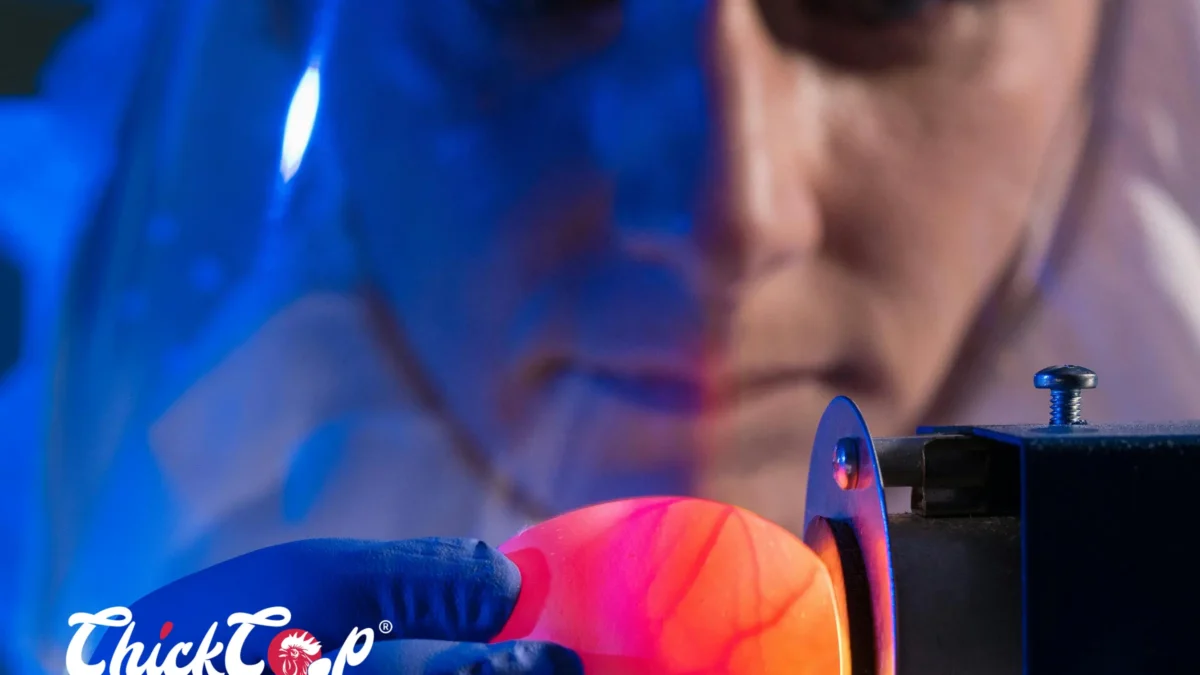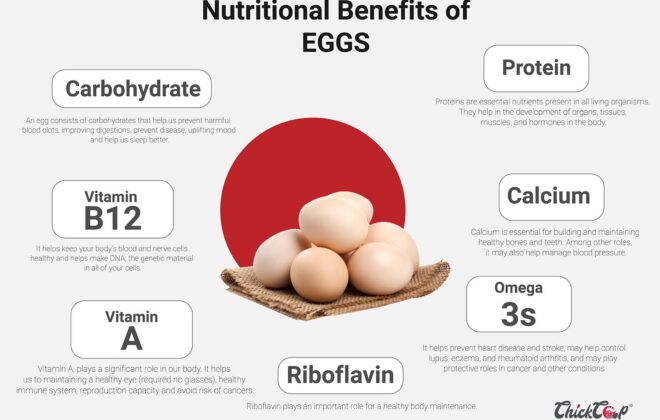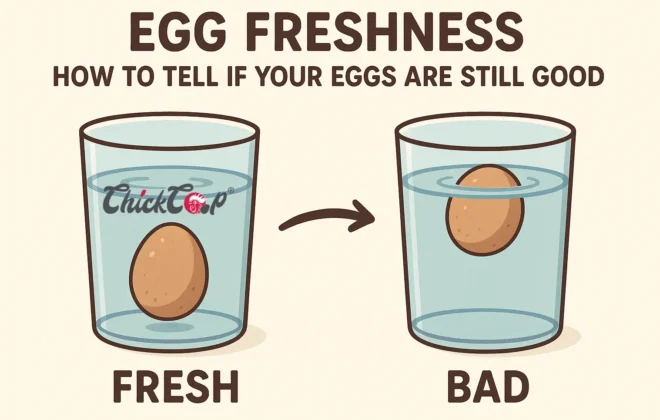
What is Egg Candling & How to do it?
When it comes to ensuring egg quality—whether for consumption or for hatching—the egg candling process is an invaluable technique. Candling involves shining light through an intact egg to assess its internal contents without cracking it open. Originally done using a candle (hence the term), modern-day poultry enthusiasts and professionals often opt for specialized handheld lights, flashlights, or even mobile torchlights to perform this essential task.
Why Is Candling Important?
Egg candling allows us to evaluate the quality of eggs intended for eating, monitor the progress of embryos in hatching eggs, and assess various factors like freshness and internal health. This simple yet effective process is crucial for any serious poultry keeper—whether you’re raising chickens for eggs or breeding them for hatchlings.
How Candling Works: A Step-by-Step Guide
The best environment for candling is a dark room, which makes it easier to see the details inside the egg. Here’s how you can do it:
1. Prepare Your Light Source:
You can use a specialized candling light from a poultry supply store or any strong light source, like a flashlight or the flashlight on your mobile phone.
2. Hold the Egg Properly:
Grasp the egg by its smaller end using your thumb and first two fingers. Hold it gently to avoid cracking, with the larger end facing the light.
3. Position the Egg:
Tilt the egg slightly so that the larger end is towards the light source. This positioning ensures that the light travels through the egg and reveals its contents clearly.
4. Assess the Egg’s Quality:
For fresh eggs, gently twist them in your fingers to make the contents swirl. This helps you observe the albumen (egg white) and yolk more clearly. A fresh egg will have a thick albumen that holds the yolk in the center, whereas an older egg will have a thinner albumen that lets the yolk move closer to the shell.
5. Look for Visible Signs:
A fresh egg will show a yolk that appears well-defined and centered. A fuzzy or vague yolk is a sign of a fresher egg, while a clear yolk indicates that the egg’s albumen has begun to deteriorate.
Key Indicators to Look for While Candling
- The Albumen: A fresh egg will have a thick albumen that keeps the yolk perfectly centered. As the egg ages, the albumen thins, and the yolk shifts closer to the eggshell.
- The Air Cell: The size of the air cell—found at the larger end of the egg—is a great indicator of the egg’s age. A newly laid egg will have a small air cell, usually no deeper than about 0.3 cm. As the egg ages, this air cell expands. The rate at which this happens can be influenced by the shell’s porosity, as well as temperature and humidity conditions during storage.
- Embryo Development: For hatching eggs, candling is particularly important. It allows you to monitor the development of embryos and identify any eggs that aren’t developing properly or have gone bad. Removing these eggs early on helps prevent contamination and ensures a higher success rate for your hatch.
Freshness Matters for Both Consumption and Hatching
Whether you’re evaluating eggs for consumption or checking on the development of embryos for hatching, candling provides valuable insight. Fresh eggs not only taste better, but they also last longer. By monitoring the eggs’ condition over time, you can confidently determine when they’re at their peak quality.
For hatching eggs, candling is a critical step to ensure you’re only incubating healthy eggs with viable embryos. Removing infertile or spoiled eggs early helps keep the incubator environment optimal, ensuring the success of your hatch.
Final Thoughts from ChickCoop® Expert
Candling is a simple yet essential skill every poultry owner should have in their toolkit. Whether you’re checking for freshness or monitoring the health of developing embryos, understanding how to candle your eggs properly will make a significant difference in both egg quality and hatch success.
By regularly candling your eggs, you can ensure you’re getting the best from your flock—whether you’re enjoying them on your breakfast plate or looking forward to a new generation of chicks. Happy candling!
ChickCoop® Expert Tip: Remember, white eggs are easier to examine than colored or speckled eggs. If you’re candling eggs from breeds with darker shells, you may need a brighter light source to get a clear view inside!
At ChickCoop®, we’re more than just a Chicken Company, writing interesting blogs about them– we’re your trusted partner in building a modernized, sustainable and profitable farm. From breed selection to buy-back support, feed guidance, and modern farm management tips, we ensure farmers like you achieve the best results and profits.
Call us today to discuss your farming needs
📧 Email us at: write@chickcoop.in
📞 Call us: +91-9939209699


